Dinesh Verma
Driving Digital Engineering Integration and Interoperability Through Semantic Integration of Models with Ontologies
Jun 08, 2022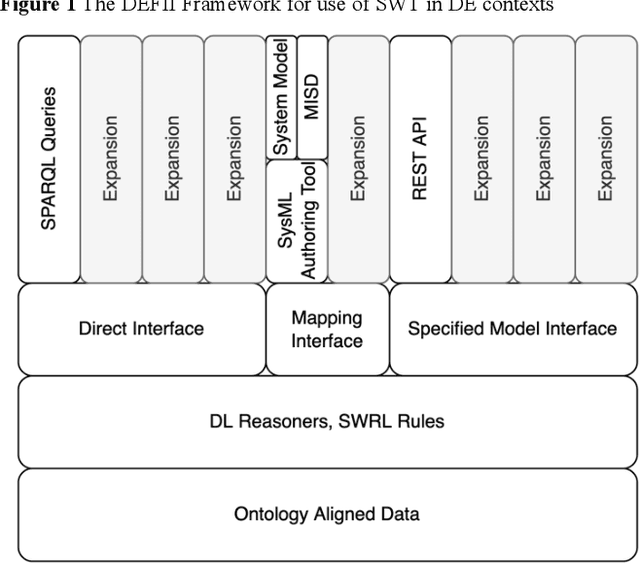
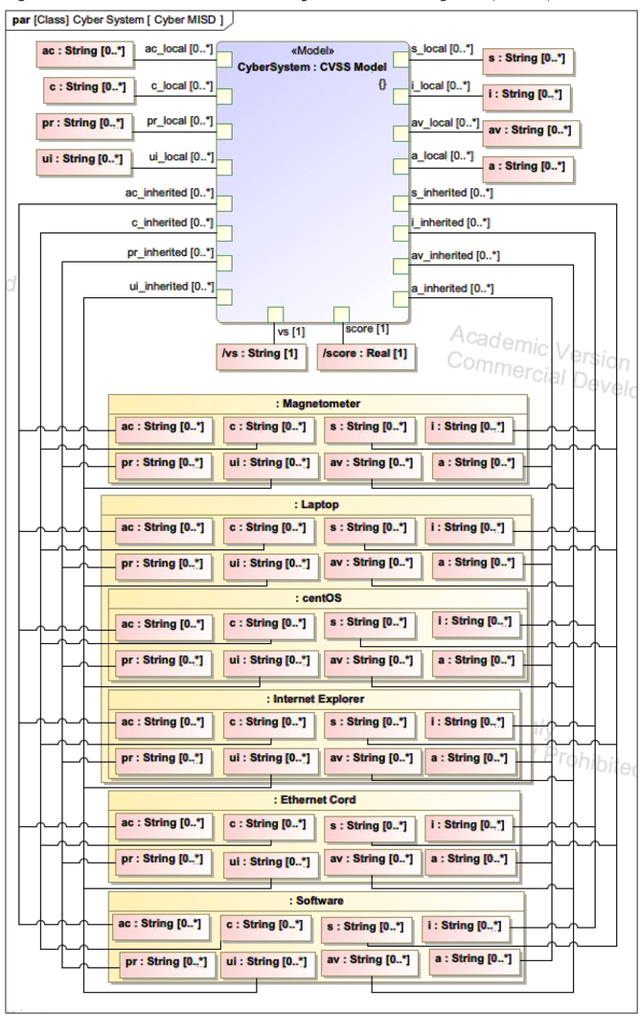
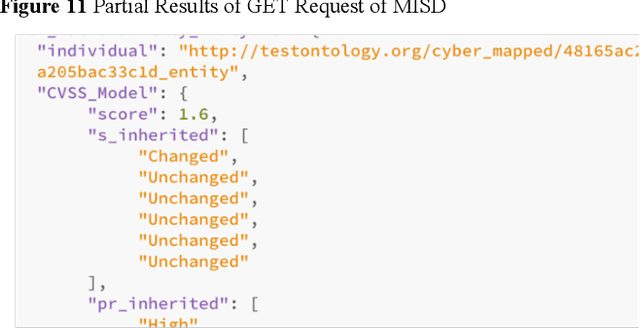
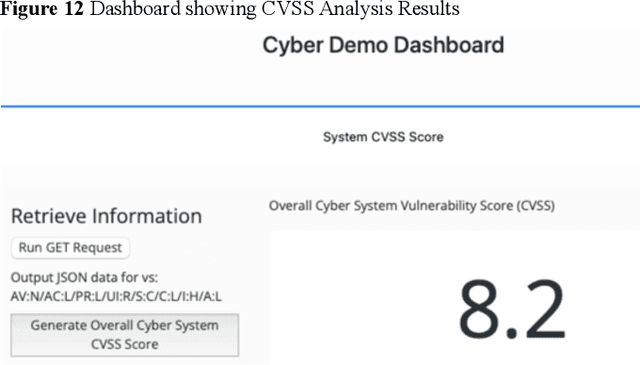
Abstract:Engineered solutions are becoming more complex and multi-disciplinary in nature. This evolution requires new techniques to enhance design and analysis tasks that incorporate data integration and interoperability across various engineering tool suites spanning multiple domains at different abstraction levels. Semantic Web Technologies (SWT) offer data integration and interoperability benefits as well as other opportunities to enhance reasoning across knowledge represented in multiple disparate models. This paper introduces the Digital Engineering Framework for Integration and Interoperability (DEFII) for incorporating SWT into engineering design and analysis tasks. The framework includes three notional interfaces for interacting with ontology-aligned data. It also introduces a novel Model Interface Specification Diagram (MISD) that provides a tool-agnostic model representation enabled by SWT that exposes data stored for use by external users through standards-based interfaces. Use of the framework results in a tool-agnostic authoritative source of truth spanning the entire project, system, or mission.
A framework for fostering transparency in shared artificial intelligence models by increasing visibility of contributions
Mar 05, 2021
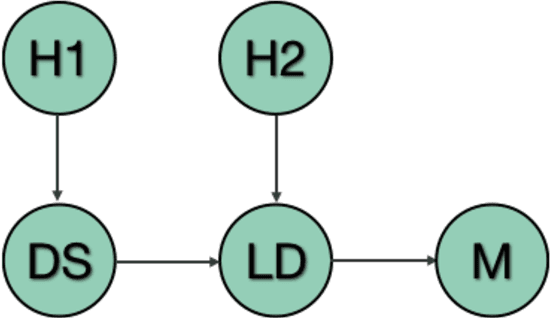
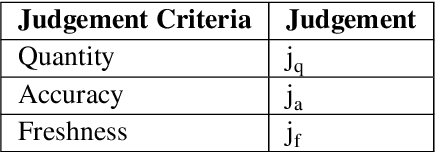

Abstract:Increased adoption of artificial intelligence (AI) systems into scientific workflows will result in an increasing technical debt as the distance between the data scientists and engineers who develop AI system components and scientists, researchers and other users grows. This could quickly become problematic, particularly where guidance or regulations change and once-acceptable best practice becomes outdated, or where data sources are later discredited as biased or inaccurate. This paper presents a novel method for deriving a quantifiable metric capable of ranking the overall transparency of the process pipelines used to generate AI systems, such that users, auditors and other stakeholders can gain confidence that they will be able to validate and trust the data sources and contributors in the AI systems that they rely on. The methodology for calculating the metric, and the type of criteria that could be used to make judgements on the visibility of contributions to systems are evaluated through models published at ModelHub and PyTorch Hub, popular archives for sharing science resources, and is found to be helpful in driving consideration of the contributions made to generating AI systems and approaches towards effective documentation and improving transparency in machine learning assets shared within scientific communities.
Quantifying Transparency of Machine Learning Systems through Analysis of Contributions
Jul 08, 2019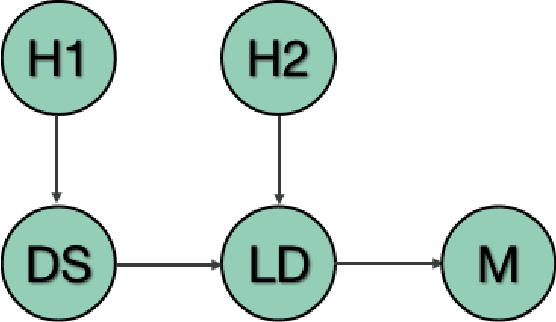

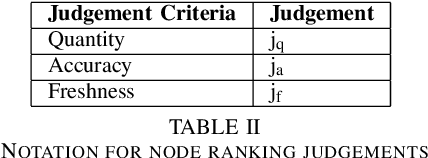

Abstract:Increased adoption and deployment of machine learning (ML) models into business, healthcare and other organisational processes, will result in a growing disconnect between the engineers and researchers who developed the models and the model's users and other stakeholders, such as regulators or auditors. This disconnect is inevitable, as models begin to be used over a number of years or are shared among third parties through user communities or via commercial marketplaces, and it will become increasingly difficult for users to maintain ongoing insight into the suitability of the parties who created the model, or the data that was used to train it. This could become problematic, particularly where regulations change and once-acceptable standards become outdated, or where data sources are discredited, perhaps judged to be biased or corrupted, either deliberately or unwittingly. In this paper we present a method for arriving at a quantifiable metric capable of ranking the transparency of the process pipelines used to generate ML models and other data assets, such that users, auditors and other stakeholders can gain confidence that they will be able to validate and trust the data sources and human contributors in the systems that they rely on for their business operations. The methodology for calculating the transparency metric, and the type of criteria that could be used to make judgements on the visibility of contributions to systems are explained and illustrated through an example scenario.
Federated AI for building AI Solutions across Multiple Agencies
Sep 20, 2018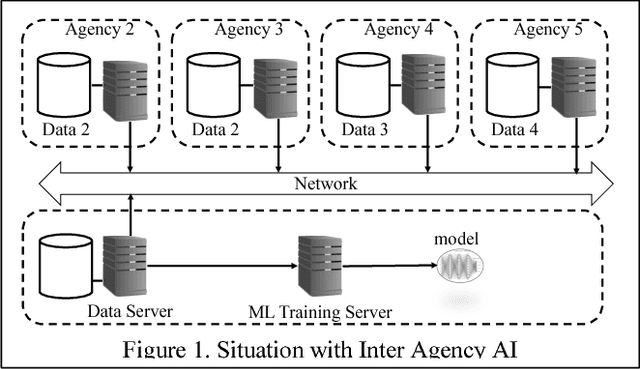
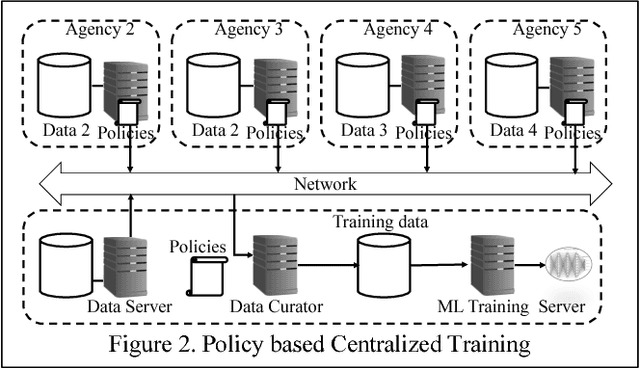
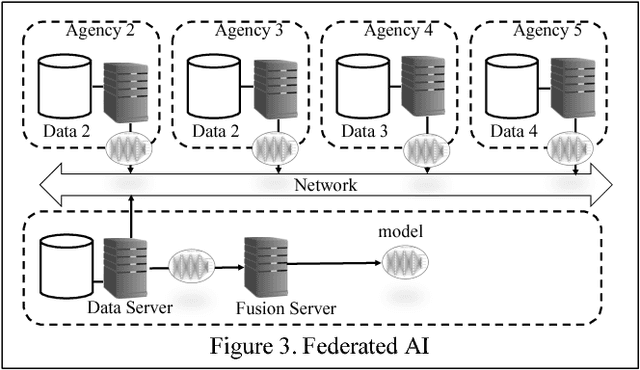
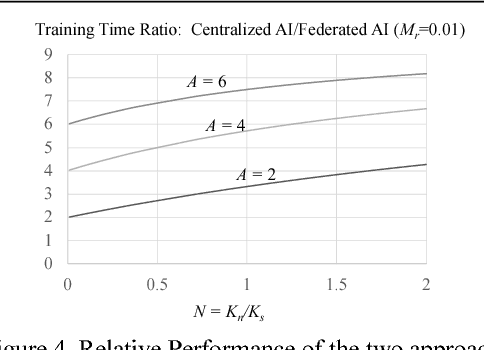
Abstract:The different sets of regulations existing for differ-ent agencies within the government make the task of creating AI enabled solutions in government dif-ficult. Regulatory restrictions inhibit sharing of da-ta across different agencies, which could be a significant impediment to training AI models. We discuss the challenges that exist in environments where data cannot be freely shared and assess tech-nologies which can be used to work around these challenges. We present results on building AI models using the concept of federated AI, which al-lows creation of models without moving the training data around.
 Add to Chrome
Add to Chrome Add to Firefox
Add to Firefox Add to Edge
Add to Edge